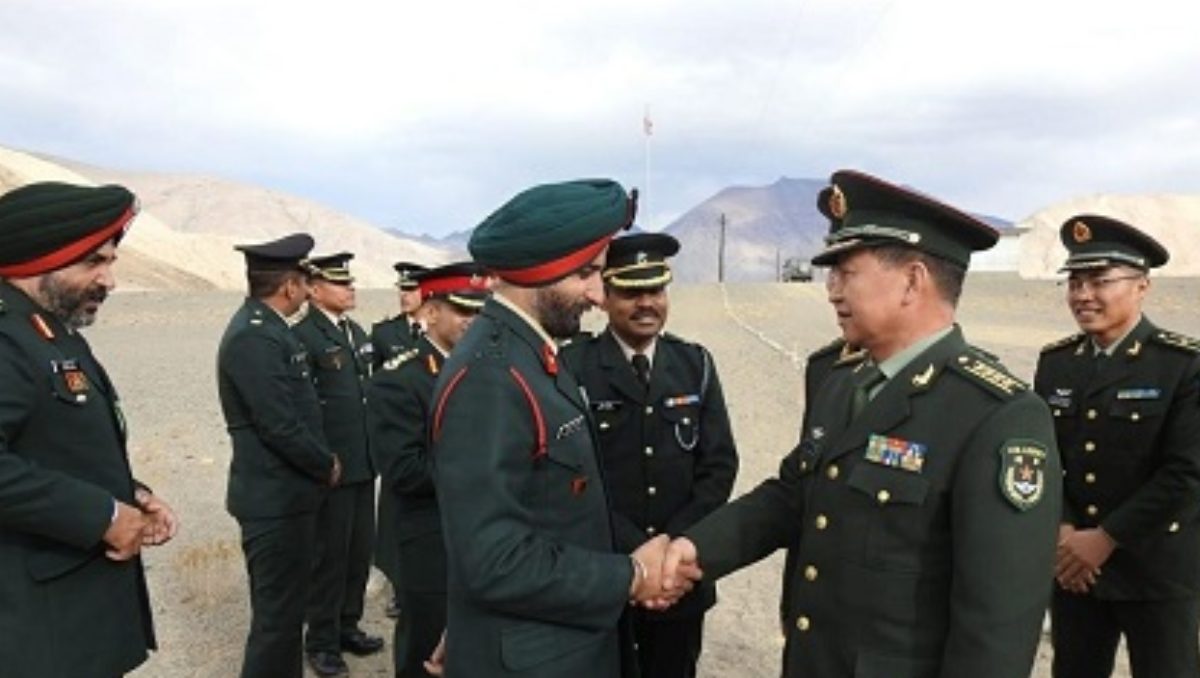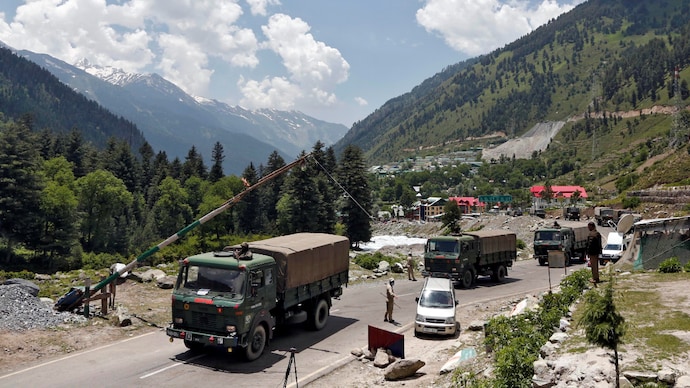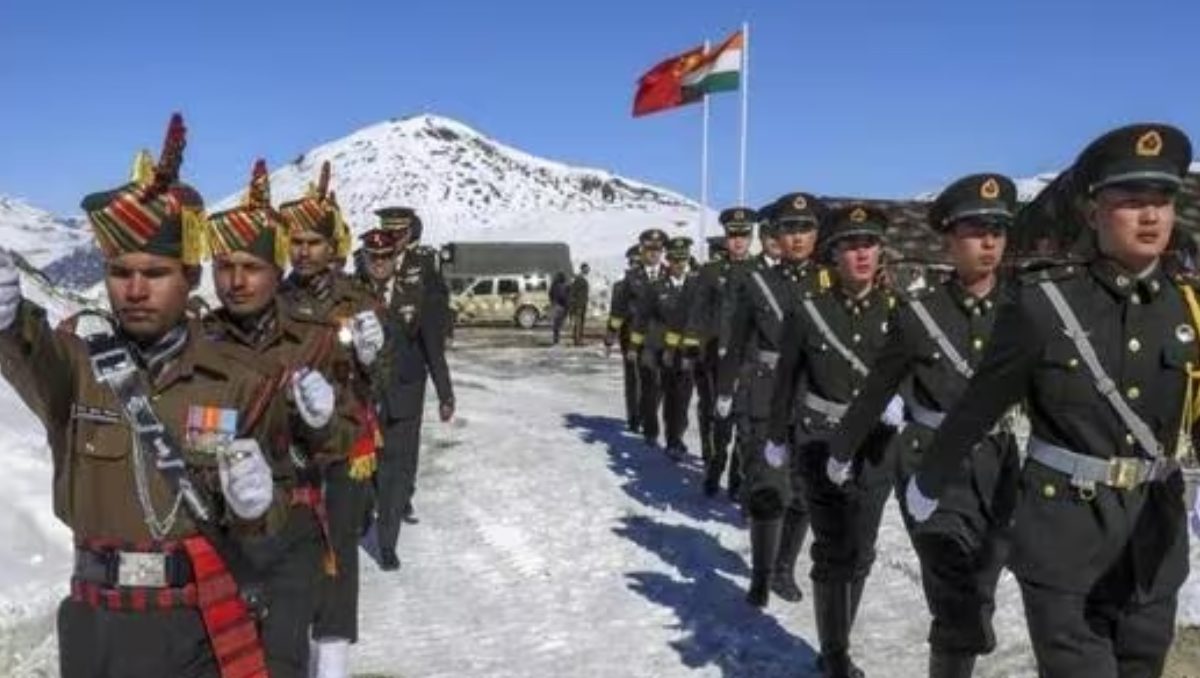India and China are gearing up for their 19th round of Corps Commander Level talks, which are scheduled to occur on August 14 at the Chushul-Moldo meeting point in the Eastern Ladakh sector.

According to sources from the defense field cited by ANI news agency, Fire and Fury Corps Commander Lt Gen Rashim Bali will lead the Indian delegation in the discussions, which will also involve officials from the Ministry of External Affairs and ITBP.
The talks are expected to cover topics such as the DBO and CNN junction, as well as other pertinent issues. India will also emphasize the importance of disengagement from the Eastern Ladakh front during the discussions.
The context for these talks is the persistent tensions between India and China along their disputed border regions. Notably, a violent clash transpired in June 2020 in the Galwan Valley, resulting in fatalities on both sides.
The upcoming meeting is taking place after a gap of roughly four months, with the previous Corps Commander level meeting held in April earlier this year.
Both nations are actively involved in construction activities along their respective sides of the border to bolster their positions. The forthcoming engagement, set for Monday, intends to address the ongoing military standoff between India and China.
Persistent Standoff: India-China Talks Resume After Four-Month Hiatus
Since May 2020, a prolonged military standoff between India and China has unfolded, sparking a series of confrontations. China’s efforts to forcibly alter the Line of Actual Control’s (LAC) status quo have generated enduring tensions over the past three years.
The upcoming meeting signifies the revival of negotiations following a roughly four-month gap, as the last Corps Commander-level meeting occurred in April this year.
Border Activities: India-China Dynamics
Both nations have significantly intensified construction activities along their border areas, with the goal of strengthening their respective positions. Military dialogues, primarily focusing on disengagement and de-escalation along the Line of Actual Control in eastern Ladakh, were initiated shortly after the initial clashes between Indian and Chinese forces.

Caption: Expediting the Construction of Roads Along the Chinese Border.
Through previous negotiation rounds, both sides successfully disengaged from various points of confrontation, strategically relocating to new positions to prevent clashes and promote a peaceful resolution.
Citing sources, ANI reported that the Indian side remains dedicated to achieving a harmonious resolution while safeguarding regional interests. The report highlighted India’s deployment of over 50,000 troops in the area to match the Chinese deployments opposite eastern Ladakh.
Unresolved Tensions: India-China Relations Post Galwan Clash
Three years have passed since the tragic Galwan clash in 2020, which led to the loss of 20 Indian army personnel and at least four Chinese soldiers. However, rather than subsiding, tensions along the India-China border continue to persist, casting a shadow of uncertainty over the trajectory of their bilateral relations.
Despite concerted efforts on both diplomatic and military fronts, a definitive resolution to the ongoing standoff remains elusive, raising concerns about the immediate future of their relations. The two nations have engaged in talks, aiming to address the disengagement of forces that have remained in confrontational positions.

Caption: Diplomatic ties between India-China have hit their lowest ebb in sixty years due to an ongoing military standoff in the Ladakh sector.
Regrettably, as of now, no significant breakthrough has emerged in terms of achieving a mutually agreeable arrangement for the withdrawal of troops from key points across the Line of Actual Control (LAC). This impasse is evident at locations such as Patrol Point 15 near Kongka La, the Depsang Bulge in the Daulet Beg Oldi sector, and the Charding Nullah Junction (CNJ) in Demchok. These specific points underscore the complexities that hinder the disengagement process.
While both India and China have made efforts to engage in discussions and find common ground, the lack of substantial progress in troop disengagement underscores the lingering challenges in their relations since the Galwan clash. The situation highlights the need for sustained efforts towards finding a peaceful resolution and preventing further escalation along the sensitive border regions.













